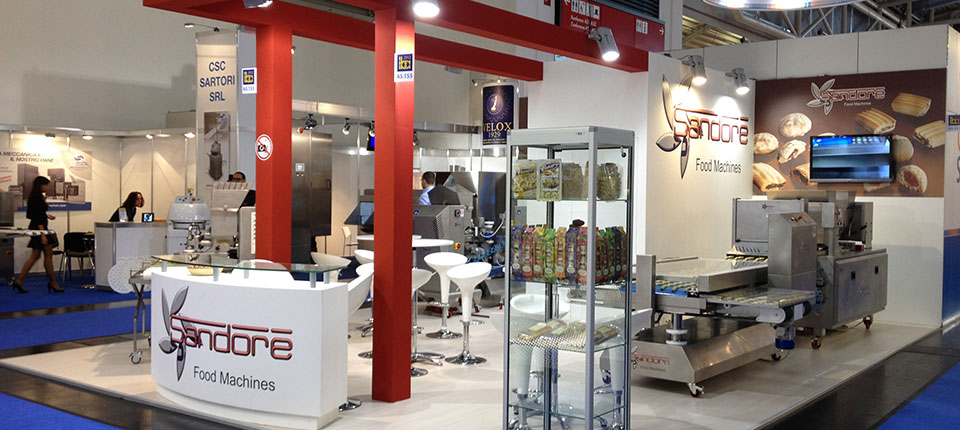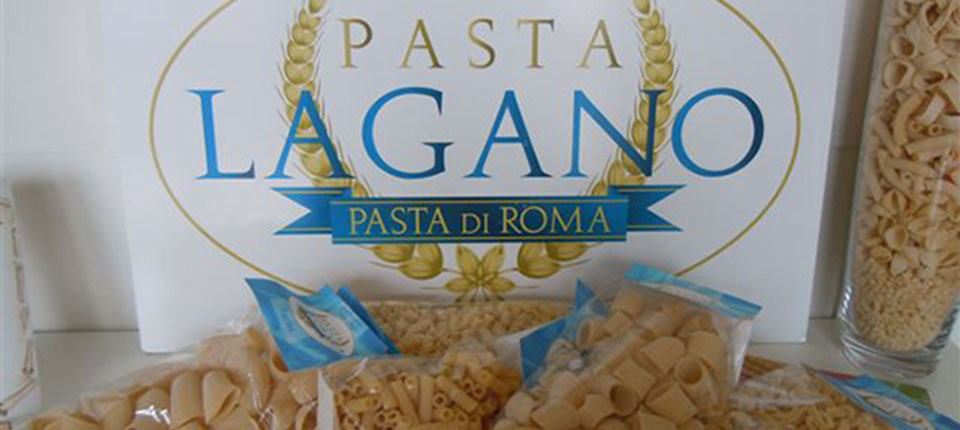Economic crisis and new habits: pasta consumption in Italy
17 January 2014Pasta consumption is slowing down in Italy. Behind the drop in purchases are the frenzied pace of daily life, ideals of beauty oriented towards the “continuous diet” and the supply that focuses more and more on foods that are quick to prepare.
by Carlo Pisani
The economic downturn that has gone on for eight consecutive quarters is this year also affecting domestic consumption of pasta. This was more or less to be expected, according to many analysts, since what was considered, in 2012, to be the perfect crisis-beating food, is now undergoing the counterattack of a situation that is certainly exceptional both because of the extent of the recession phenomenon and the scale of the repercussions on purchases by Italian households. And this is happening, moreover, at a stage when a fall in consumption, for one thing, is involving many other sectors as well as food.
Apart from the economic crisis, other factors are also affecting purchases of pasta in Italy. An IRI (Institute for Industrial Reconstruction) Infoscan study on the pasta market in the modern distribution channel provides some interesting interpretative elements that may motivate the drop of 1% in volumes experienced in the first eight months of 2012 for semolina dry pasta and the fall is still more marked, at almost 3 per cent, in the case of fresh, packaged pasta.
First of all, as well as the crisis, it seems that a general change in eating styles and habits is influencing the purchasing behaviour of Italians, and especially the more and more frenzied pace of daily life, ideals of beauty oriented to the “continuous diet” and a supply from large scale distribution chains that focuses more and more on fast food preparations. These models and habits contrast with the need to devote a part of one’s time to preparing foods or consuming meals according to traditional patterns and models.
As far as dry pasta is concerned, it should be noted that the index of penetration in households is still very high, with a distribution that shows a high concentration in the South. However the result for the eight months in the modern channel (hypermarkets, supermarkets and small self-service shops) reveals a drop of 1.5% on an annual basis, giving a proportionate turnover of 578 million Euros.
If the pasta business has been suffering over the last few months more in terms of turnover than volumes (-1% again referring to semolina dry pasta, as has already been shown, for a quantity of 446 thousand tonnes attributed to the modern channel) the reason must be sought in the increased promotional pressure curbing consumer prices.
It is estimated that 45% of pasta sales are in fact carried out at reduced prices. There is also the impact of commercial brand-names, or private labels, to be considered, being worth 16% of the market, but nevertheless remaining below average in the food sector, and the role of discount stores that offer consumers a product at a price on average 35% lower than that of the modern channel.
Discount stores, explains the IRI analysis, now carry 13% of the volumes of dry pasta, with a 3% growth documented by the data for these first eight months of 2013. On the other hand, the traditional channel seems to be suffering more and more, with figures for the whole month of August showing a heavy decline in sales from small outlets, down by 8% on an annual basis.
Mention has been made of the degree of penetration, which remains high, and the role of the South of Italy, an area which has over 34% of sales volumes, as against 24% in Central Italy (including Sardinia) and the North-west, and 17% in the North-east.
Still with reference to dry pasta, the average price per kilo, according to IRI Infoscan, is around 1.30 Euros, 0.5% lower than levels of one year ago. The price of a kilogram of fresh pasta is decidedly higher, reaching 5.32 Euros in the modern channel, also down (-0.8%) compared with 2012. This segment in the past has achieved considerable progress due to the combination of various factors: the high innovation content, especially in the case of filled pasta, but also a policy that concentrates more and more on quality, flanked by a constant, high level of sales promotional activities.
Today – as the IRI analysts explain – with the crisis and new eating habits that are also playing their part, these advantages have partly lost their initial value. The fresh, packaged pasta market currently reaches an annual physical dimension of around 150 thousand tonnes, of which over 80% are marketed though the modern channel and 15% through discount stores. The 2013 trend, updated to August, records a 2.6% decrease in sales volumes in hypermarkets and supermarkets and in small self-service shops, with just under 70 thousand tonnes. The corresponding cash value is 368 million Euros, a drop of 3.4% on January-August 2012.
Nevertheless, the results for semolina fresh pasta are seen to be positive, with sales in the modern channel, twelve months on, recording a 2.9% increase in volumes (approximately 15,700 tonnes), and experiencing an even more sustained growth in turnover, which has shot up to 47 million Euros (+3.2%).
Fresh filled pasta, on the other hand, also given its high price (7.87 Euros per kilo as against approximately 3 Euros for semolina fresh pasta) suffered a 6.5% decrease in volume and 6% in value in these first eight months of 2013, with less than 28 thousand tonnes sold and the corresponding cash value dropping to 220 million Euros.
Fresh egg pasta is also doing badly, recording a heavy -7% in purchase quantities. For gnocchi, which in the past showed widespread slowdowns, there has been a recovery this year that IRI data quantify at around 2 percentage points.
Returning to fresh filled pasta, as far as industrial products are concerned, the segment is suffering on the domestic market from the competition from hand-made products which are progressively gaining ground also in large-scale distribution chains. With regard to this – explains the analysis – the most significant phenomenon is the aggressiveness of private labels that are growing at substantial rates (+5% on average) in the whole fresh pasta range, and represent overall the main competitor to leading brands, with more than 29% of sales volumes.
Finally, as regards dry egg pasta, the data for the first eight months of 2013 reveal decreases of over 4% in sales quantities and of 2.4% in cash value. The rate of sales promotional activity was lower, reaching a level of only 32.8%, while the price, up by 1.8% year on year, was on average 3.62 Euros per kilo.
For pasta, as for other food sector products, as well as the elements already quoted, there are other factors affecting purchasing behaviour. Impacting on recent consumer trends are not just the ageing population, but also a greater environmental awareness and the growing attention to health aspects.
It should also be emphasised that reducing expenses and paying more attention to promotions and to the price do not translate, on their own, into fewer purchases in the shopping trolley. The ingredients and the quality are still very important, and both can contribute effectively to growth in the pasta sector. Basically, keeping an eye on marketing, price and advertising may now no longer be enough. Two other factors are taking on growing importance, and these are product innovation and effective communication, which can supply a high added value both in objective quality and in perceived quality.
One last, interesting point is a consideration of pasta packet-sizes, with the one-kilo packs, which represent a quarter of total volumes of semolina dry pasta, being most negatively affected by the crisis.
Finally, it is worth noting the excellent performance of pasta made with special flours (maize, rice, kamut or wholemeal). This segment generates an annual turnover of around 60 million Euros and has been increasing rapidly for several years now.
Special pasta types, more popular in the regions of North Italy, have an average price per kilo of 3 Euros, as against 1.30 for normal semolina pasta. Promotional pressure is lacking, being half that of the market average.
Keep reading, download the magazine
 PASTARIA DE (digital edition) 2013 n. 6 (ITALIANO) (16.2 MiB, 2,753 download)
PASTARIA DE (digital edition) 2013 n. 6 (ITALIANO) (16.2 MiB, 2,753 download)
Registrazione necessaria. Sign-up to download.
 PASTARIA INTERNATIONAL DE (digital edition) 2013 n. 6 (ENGLISH) (19.7 MiB, 1,324 download)
PASTARIA INTERNATIONAL DE (digital edition) 2013 n. 6 (ENGLISH) (19.7 MiB, 1,324 download)
Registrazione necessaria. Sign-up to download.



[…] high-protein, low-carb diets have caused a decline in pasta consumption even in Italy, the world’s leading producer and consumer of pasta (over 3 million tons […]